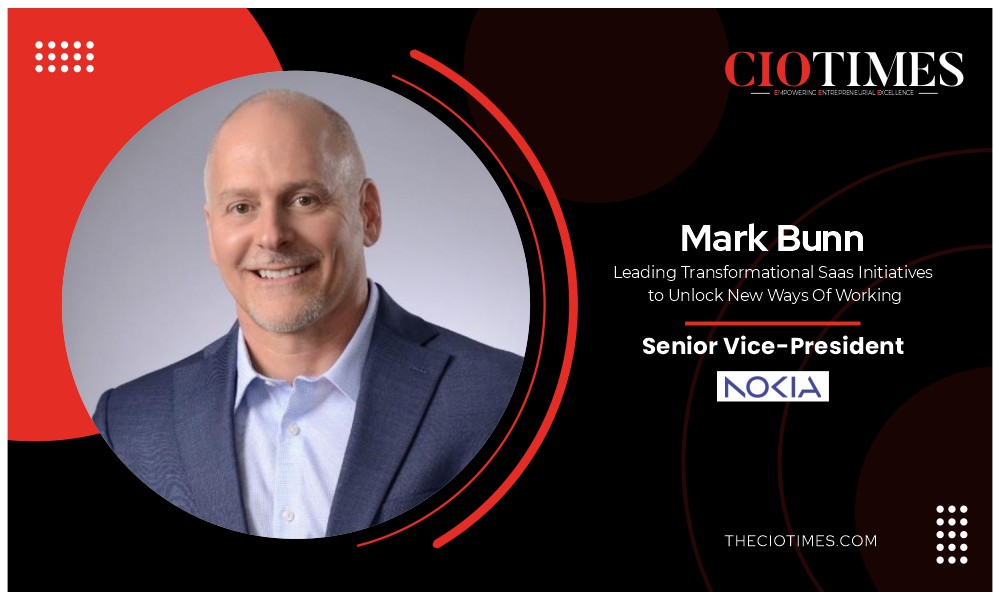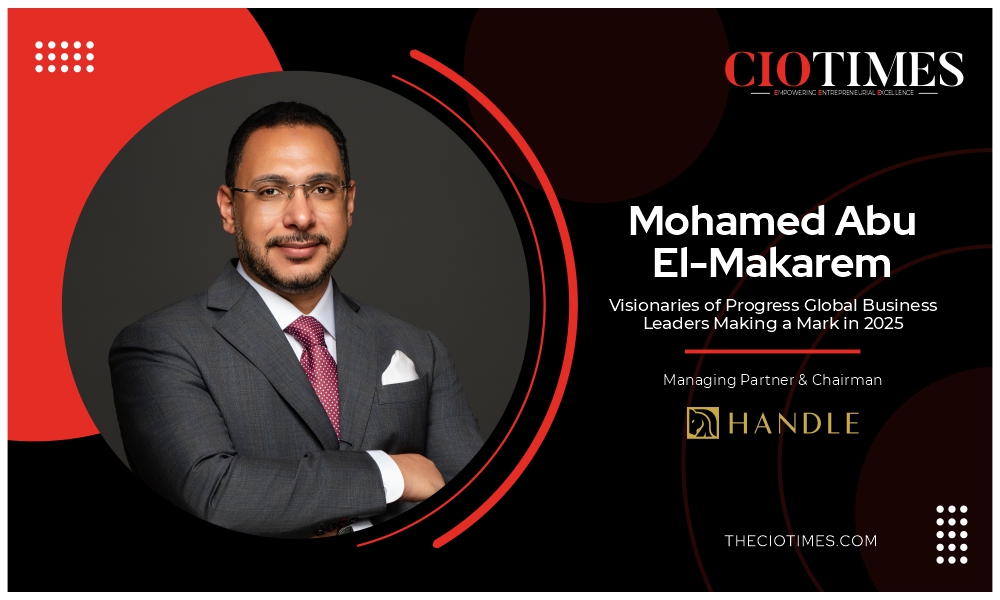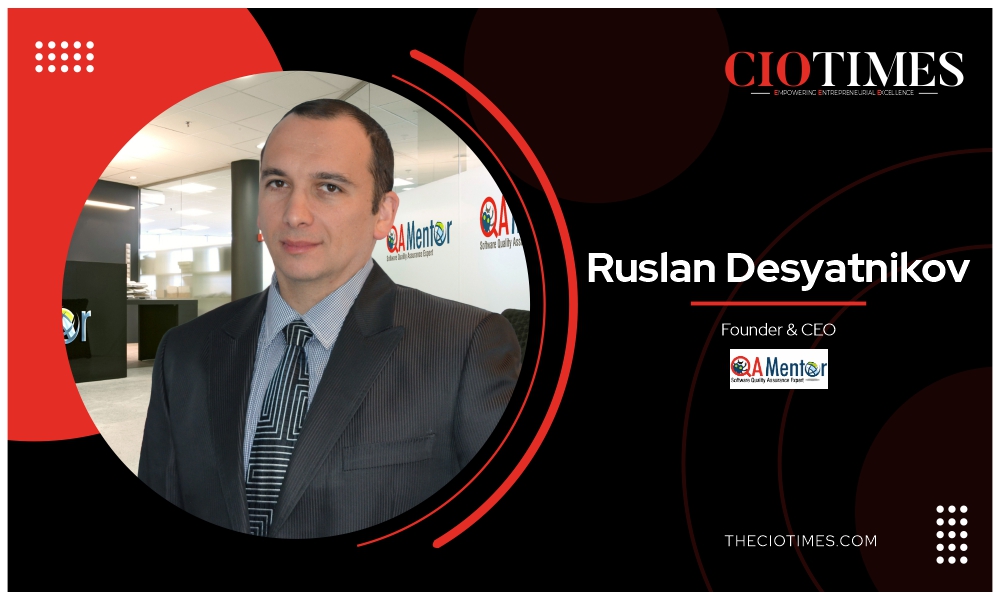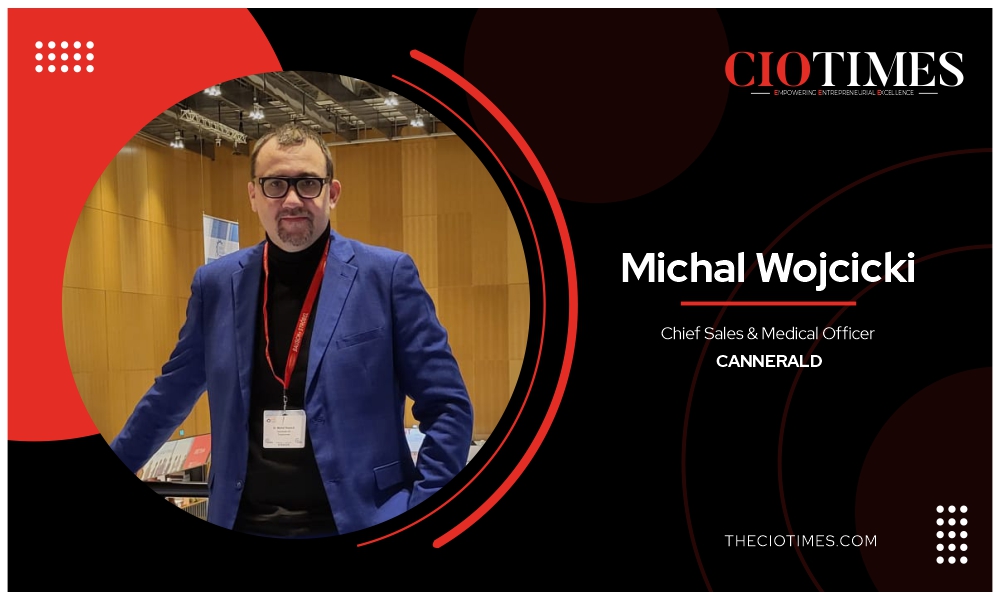For decades the name Nokia Corporation was synonymous with mobile phones. A Finnish multinational telecommunication, information technology, and consumer electronics corporation, Nokia Corporation was established in 1865. Since then, the company has been known to be a pioneer in the industry and a technology innovation leader in networking, bringing together the world’s people, machines, and devices to realize the potential of digital in every industry.
Since its establishment, Nokia has had many lines of business throughout its company history. After giving the world some iconic mobile phones, it stepped away from the mobile phones business some years ago, bringing a halt to the production of phones. However, what it did not stop doing was to grow. The Corporation has continued to grow as a telecommunications giant, one of the dominant telecommunications industry companies in the world, and in a trusted branch. Its primary focus today is on networking and connectivity and ubiquitous software development.
Apart from developing software they use internally; the company also focuses on developing Software As A Service (SaaS) Solutions. They have a software-oriented division and have moved into new technologies, like private networking, exposure of the network, and software as a service. As the SVP, of SaaS Business Operations, Nokia Cloud and Network Services, Mark Bunn is responsible for driving Nokia’s Cloud and Network Services business unit in its transformational SaaS initiatives, leaning on his experiences in Cloud (IaaS/PaaS/SaaS), 5G and software engineering.
Innovative Solutions
The telecom industry is changing rapidly due to new trends and challenges. To succeed, service providers need to adapt their networks and business models to 5G, IoT, and the cloud. Nokia Cloud and Network Services helps them achieve this goal with expert advice, software solutions, and network deployment.
Nokia Cloud and Network Services offers a unique blend of software skills and network know-how. They have unmatched experience in deploying 5G, core, IoT, and cloud solutions across the world. Nokia’s innovativeness sets it apart from its competitors, creating a differentiation factor.
For private networking, or what they call enterprise customer solutions, they enable, both, communication service providers and enterprises, to use Nokia’s technology that they deliver to them in a cloud-like way, delivering it to essentially their premise or the cloud edge, shares Mark. The clients can make use of the technology for high-value use cases, like manufacturing and drone management and safety, public safety, and more.
Nokia also delivers innovative solutions like the network as a coding platform, which allows them to open up and expose the network, so that communication service providers and others, even development communities, can build applications on top of the communications network. “We’re starting to deliver increasingly more of our software in models that are unique to the industry. In the telecom domain, software as a service has not been prevalent. It hasn’t even been available until recently. And Nokia has taken a leadership position in driving that change in the marketplace. And that would span multiple areas of communications technology. And that would span multiple areas of communications technology,” says Mark.
He continues, “There’s definitely a lot to be done with everything, a lot of experimental sector development that I think we have to go into and coupled with how this technology… How this technology is available, and if there is either an ongoing implementation or analysis around that specific technology.”
Mark’s Journey to Nokia
When Mark started his professional journey, he had his ambitions set on the finance and banking sector. After completing his education, when it came to choosing a career, he received more options in information technology, which was taking off. There was no dearth of people and companies waiting to take young budding professionals like him, train them, and offer them good positions and compensation. The more Mark learned about computers and programming and networking, the more he became fascinated by how everything works and he wanted to explore even further. At that point, he became a self-taught programmer. Gradually, as his career progressed, he moved away from technology as far as being hands-on was concerned, but he never drifted far from technology.
“So even in my role today, as the SVP, I stay very close to the technical underpinnings, how things are accomplished, what processes we’re following to make sure that we are rigorous and we create an environment in which we can be successful. But it has been an interesting journey, really have been blessed with a lot of different opportunities working with different types of companies and professionals. But the consistent thread is that I’ve always, starting my career, been in information technology and more than that, I’ve been in software,” he says.
Before joining Nokia in 2021, Mark worked with Oracle Corporation where he served as Senior Director of Product Development for nearly three years and then as Vice President of Products. He provided leadership, alignment, and direction to a large globally distributed product team across all phases of the software development lifecycle using Agile methodologies. He was responsible for an expanding global customer portfolio of more than 200 communications and digital service providers, with a particular focus on optimizing the customer experience through the delivery of high-quality products. He also led portfolio-wide mission-critical 5G and Cloud-native Agile software initiatives.
While at Oracle, Mark saw the company go through its own transformations from principally an on-premise, supplier of enterprise software to a cloud-based supplier of software even building their own cloud on which that software is provided. He went through that journey at Oracle and had responsibility for telecom products. He took some telecom products from an on-premise model to a more contemporary size model. This stint made it easy for him to conclude that this was the next stage that was coming for more organizations and also helped him with the steps that he is now taking at Nokia.
Initiatives at Nokia
Mark’s responsibility is for the global management of Nokia’s Software-as-a-Service business. Software-as-a-Service is not a new concept, it’s something that has been around for some time, but it’s been principally in the information technology layer, very close to the customer interaction of software. Applications like order capture, catalog management or even billing and revenue management systems, ERP systems, have been running as software provided as a service for some time. What has been changing though
is that the telecom industry hasn’t widely adopted Software-as-a-Service. It has adopted cloud for its telecom domain, but it hasn’t widely adopted SaaS for applications that sit in or close to the network, and that is a new change that we’re seeing starting to
emerge.
Mark was brought into Nokia to help drive this initiative to align with where the management believed the industry was going. Even more than that, to set the pace, to establish the standard for SaaS in the industry for the telecom domain.
“And we refer to it, in our vernacular, we call it telecom or telco Software-as-a-Service, which is different from what you would see in the traditional model in that we also have to account for many stringent service level agreements in order to satisfy our customer base. So that’s what I’ve been doing and my journey has led to this point,” says Mark.
Leading from the Front
Throughout his career, Mark’s working style has been entrepreneurial because most of his
career he has had the opportunity to create new products, principally software
products, and bring them to market. In virtually every company, he has worked with rigor and discipline that he feels are essential to building high-quality software.
The biggest challenge that he faced in his career, isn’t a particular incident or situation or project, but rather the inherent bias that every human faces to let things be the way they are. “It’s a bias to continue to move in the same direction in which we’ve always moved. Call it inertia, or fear of change, or resistance to change, but it’s inherent in all of us and I’m no exception. But I think that can be a challenge for companies, especially in this environment in which we operate today, because the pace of change or the pace of innovation is hard to keep up with,” he explains.
The solution, that has helped him throughout, has been his willingness to adapt and then create the ability to do so by being a constant learner. Learning new technology, searching for new opportunities, and making a strategic shift, all demand our will to make that change. This willingness to adapt and change and move beyond the inertia often tends to characterize the way a leader and subsequently his team and his organization behave, feels Mark. This is what makes them open to challenges, responsive towards them, and innovative.
Mark also shares that as a leader, he has never been a strong believer in micromanagement. He has always been the type of person and the type of leader who wants to hire the best talent, and to help to organize them, to certainly give them a mission that they can all agree on and that gets them excited every day that they come to work.
And then let them run. “At the end of the day, their expertise is greater than mine. And so, they should be the ones that can make key decisions about what to do with the technology to drive the business forward and to drive society in the right direction with the solutions that we’re bringing to market,” he says.
Micromanagement, however bad the word looks, has its place at times. There can be situations where there’s a critical outage, and so as a leader, one can’t divorce oneself or stand too far from a situation where the customer is having problems. The leader has to get very close to that. The resolution actions at that point may even have to direct the team. And at times in his career, Mark has done that. But as a general rule, micromanagement is not a part of his repertoire. His leadership style is more about hiring the best fit-for-purpose people in the role and then letting them drive the business and drive the right outcomes. He is responsible for establishing what those outcomes are supposed to be, but the how is something he wants the team to formulate.
“I want them to execute against, and then I will do regular check-ins to make sure that we are achieving what we set out to do. And we’re doing it with high integrity,” he says.
Technology At the Centre
Technology is the heart of everything Mark does. In a career spanning three decades, he has seen radical shifts in innovation and in technology in the telecom domain. The reason why he thinks SaaS is so important is because it has already been proven in the IT space that SaaS promotes and improves agility for companies. For example, earlier, we used to build software and have an independent software vendor who would build software, and test it. That would take a year to do, and it would be built to specs that may even be obsolete before they send it over. Then it would be sold to a company that has to implement it. That implementation project could take a year. By the time that whole cycle finishes, it may be too late to really take advantage of the innovation because the innovation has either evolved or we’ve moved to a better innovation.
With SaaS, however, it’s different because with SaaS, a customer will subscribe to the service. The service gets updated regularly, routinely, and in some cases, daily. They can always take advantage of the latest updates, and that creates agility. It also helps to guard against the risk of obsolescence. This ensures that people and organizations are taking advantage of the latest technology when the technology is most relevant.
What Mark observes in the telecom space, is the same shift that was seen in the IT starting to make its way into the communications network, both in and around the communications network. “We have the same problem. If we did things the same way as we’ve done before, then the pace or the speed at which we would get the most relevant updates. We would be measuring in years, by the time that the consumer or the customer actually implements the change or the software, it’s almost too late. It’s time to move on to the next update, and then it takes them another two years. We’re trying very hard to change that paradigm, and we need to,” says Mark.
The communications network has evolved. It is no longer dominated by hardware. It does have hardware in it, but the intelligence is in the software, and that software can change rapidly and radically. Also, the nature of the network and the way that it gets utilized has changed. What we saw in previous generations of the communications network is that the standard communications provider, the large providers were very much able to monetize the network by selling services like voice service, but a lot of those services now have become commoditized, they have to move on to more contemporary services, more innovative services, and they haven’t been able to do that very universally.
Many other companies are leveraging communications technology and communications networks to deliver their applications, all at the cost of the communications provider without the benefit, at least not the commensurate benefit coming back to the communications service provider. And so that whole dynamic has to change, and it is changing. And so, what we’re starting to see now are networks, or at least the demand for them, for different networks to open up for communication service providers to deliver applications, their own unique applications on top of these networks.
But we also at the same time have to remember how we used to do things, as Mark referred to earlier. It took long periods for vendors to build software, and long periods of time for companies to implement it. And so, these evolving networks are being opened up and being opened up so that communication service providers can better serve their customers by delivering contemporary, useful, relevant applications. And so that’s where SaaS comes in as a complementary value to the evolution that’s already happening in the communications network.
That’s how Mark and his team are working day in and day out. “That’s how that technology does with this change in a technical and business model in SaaS. The combination of the two is aiding our customers. To create more successful lines of business, new and create their innovations for our future,” he says.
The Bigger Picture
Mark believes that it is the team that needs to be successful, and not just the individual.
Though he has collected several awards in his career, again he feels that more than awards, it is the relationship we build with people around us, teams, colleagues, and the industry, is that matters.
“The Tele management Forum runs a regular program that allows companies to come together and synergize on solutions using their products. And I’ve been a part of several of those kinds of events and I’ve had the benefit of receiving awards as a result of some of those activities. And that I’m proud of, not again, proud of the product, but prouder of the fact that the products were built by teams, even in those events, the synergies that you have to establish,” he says.
He’s just proud of the fact that he has been a part of the process of building these companies across companies, with people that he hasn’t worked with before. “It’s really great to see how we can pull together in such a short timeframe and build our camaraderie that spans companies. And I’m proud of those relationships and engagements as well.”





